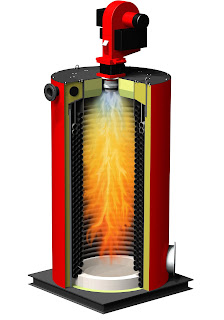
As you already know, in our old post about Christmas 2008, PIROBLOC made public the Christmas image with which we are more identified and we explained the reason why.
In Pirobloc and in very precise moments of the year, like the dates that they are coming, we try to apply some matter of the particular scope that allows us to celebrate Christmas at enterprise level.
For that reason, we have thought about what is what all we do not lose over the years and all we like. The answer is: the capacity to play. So this year, if we had to choose a game that motivates inspires us, perhaps it would be the Chess.
Of modern or classic design, it remembers to us that it is always important to have a strategy which sometimes we must adapt against that of the other team during the game, in a field or framework that can change at any time, but always following the rules of the game.
In any case, see you in the New Year, or, for other great cultures that read our blog, in January.
Happy end of December to everybody. Read More!














